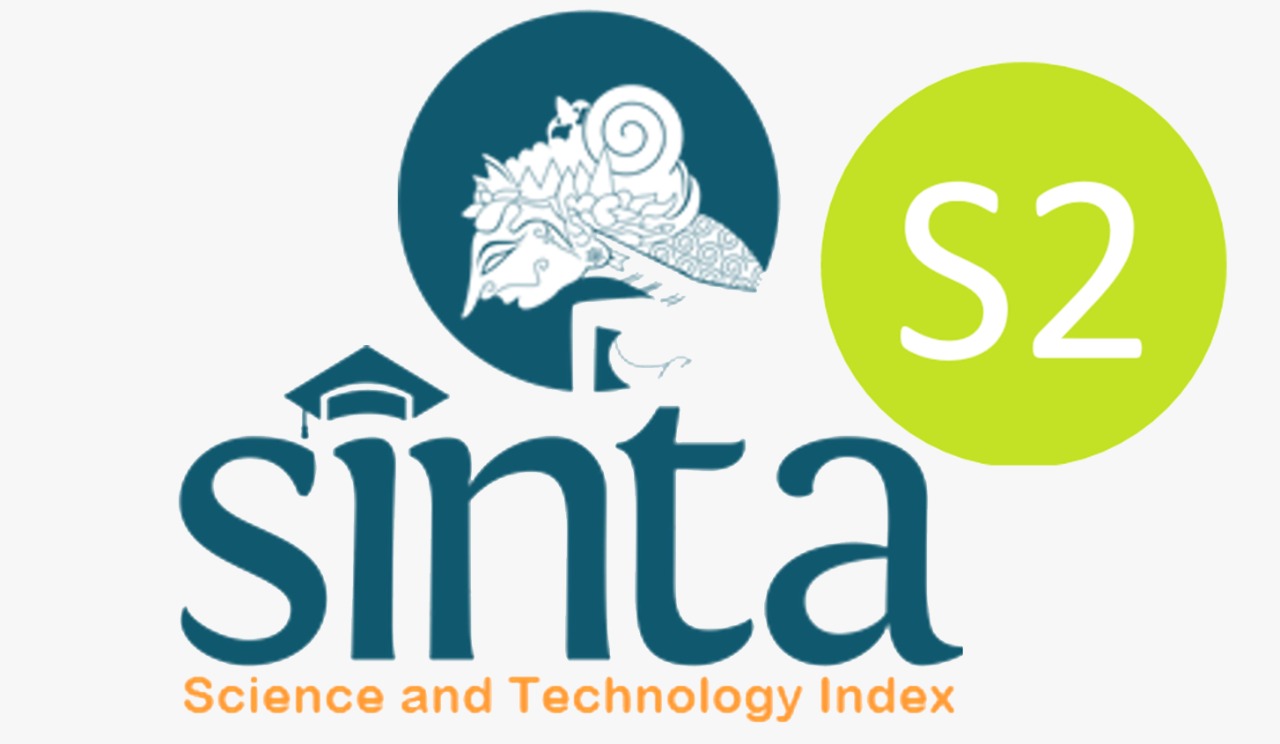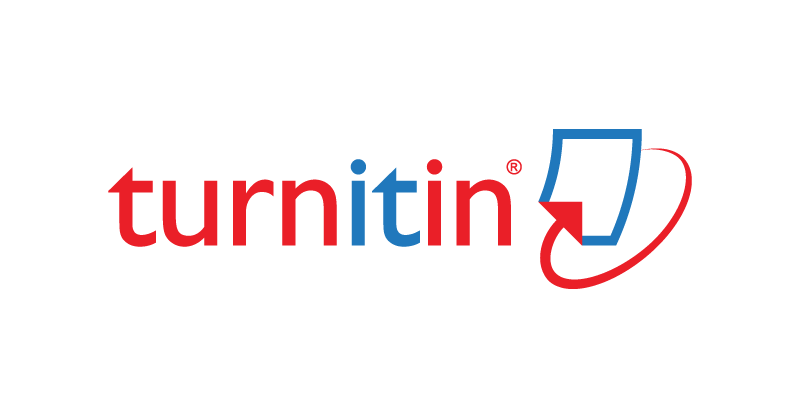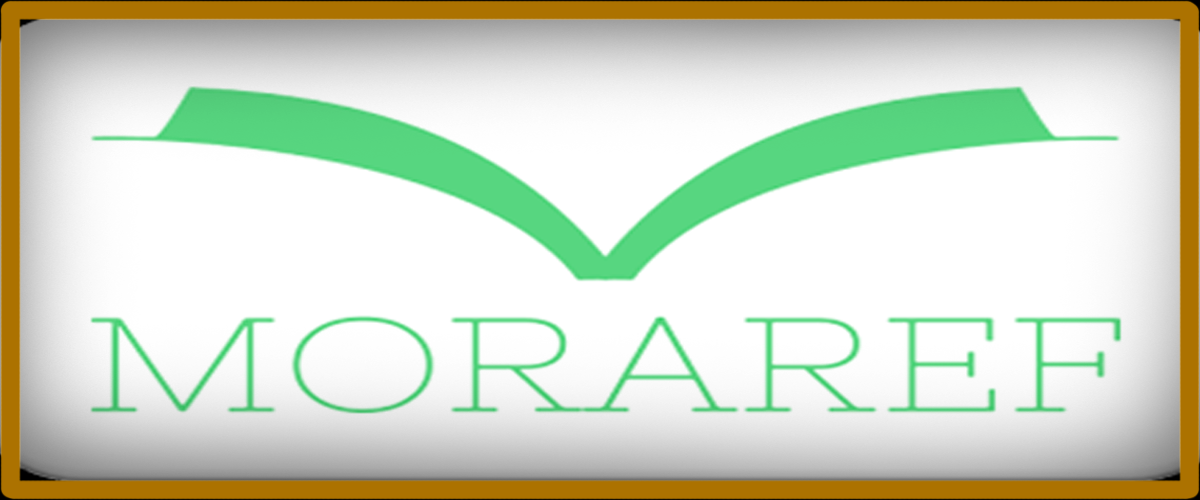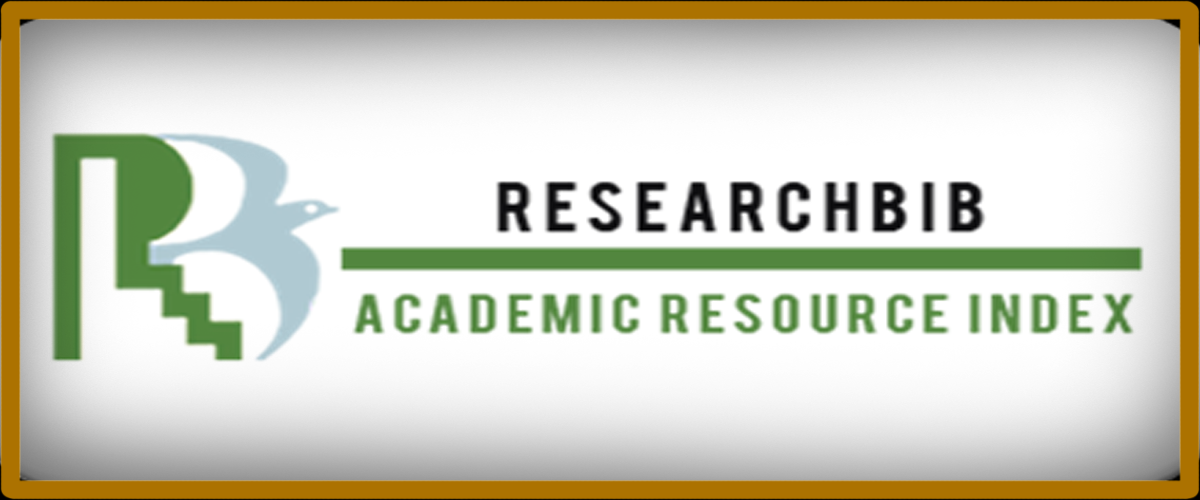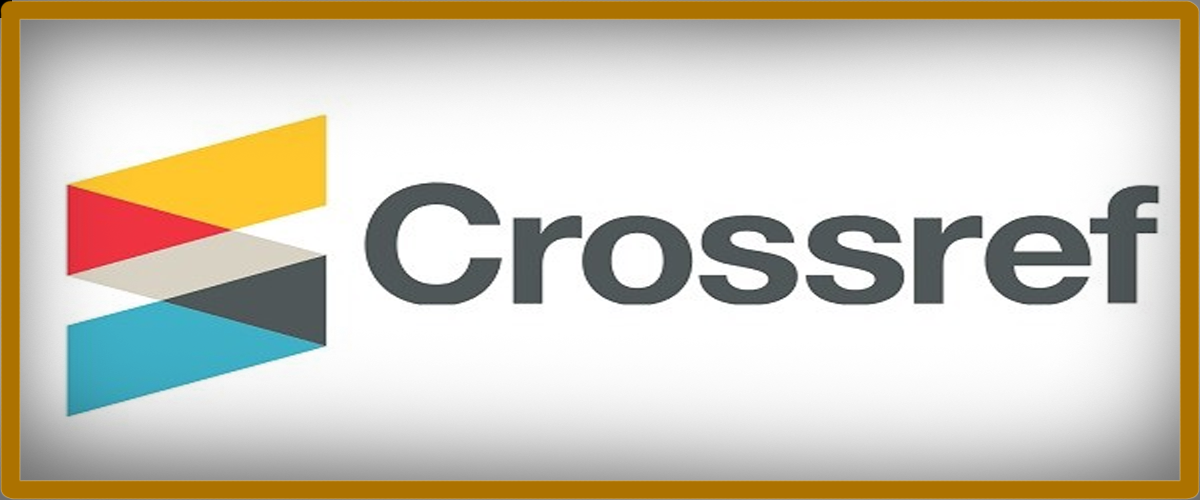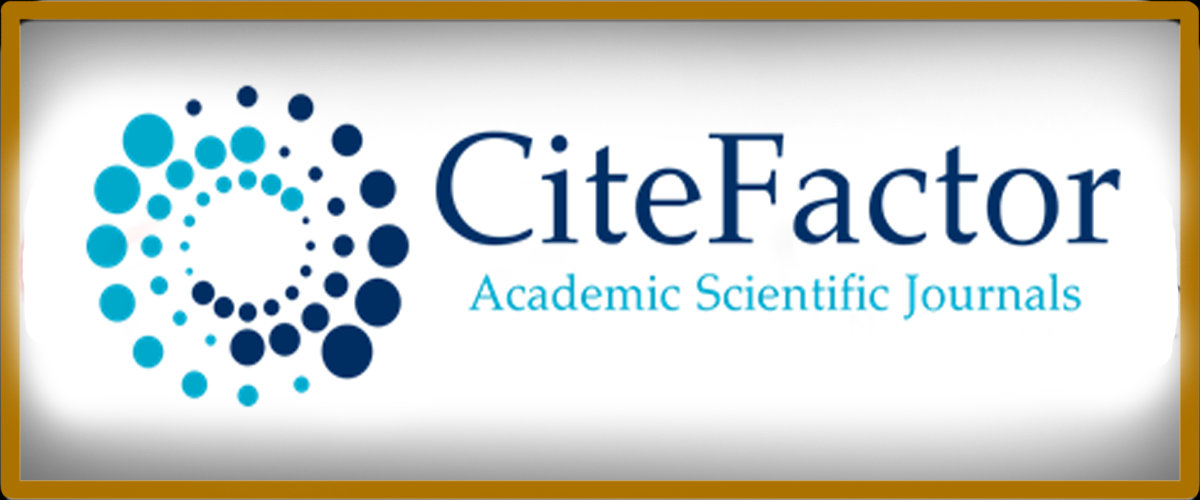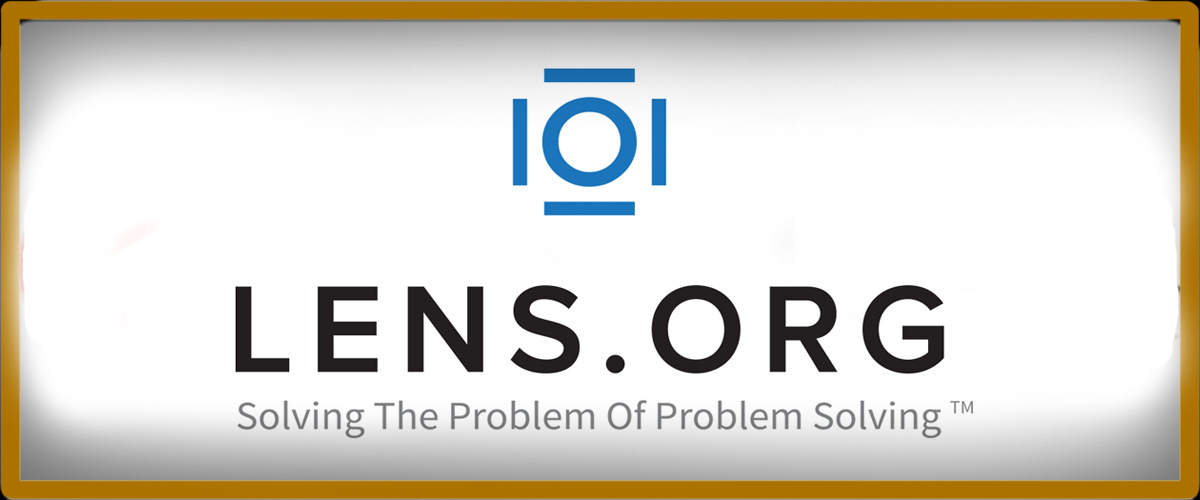Synergy Between Education and Industry: A Competency Development Model for Graduates at Islamic Universities in Cirebon
DOI:
https://doi.org/10.47453/eduprof.v6i1.297Keywords:
Islamic University Graduate Competencies, Merdeka Belajar Curriculum, Collaboration with the Workforce, Cyber Islamic University Transformation, Strengthening Adaptive CurriculaAbstract
This study aims to explore the development of graduate competencies in Islamic universities, the implementation of the Merdeka Belajar (Freedom to Learn) curriculum, and collaboration with the workforce using a qualitative Grounded Theory approach. A multisite study was conducted at State Islamic Cyber University of Syekh Nurjati Cirebon and Islamic University of Bunga Bangsa Cirebon, involving university leaders, lecturers, students, and other stakeholders. Data were collected through in-depth interviews, observations, documentation, and Focus Group Discussions, with triangulation techniques ensuring validity. Data analysis was carried out through open, axial, and selective coding to produce theories relevant to the research context. The findings reveal that both universities have unique approaches to preparing graduates for the workforce. State Islamic Cyber University of Syekh Nurjati Cirebon utilizes laboratory-based programs, fieldwork, and internships in relevant sectors. In contrast, Islamic University of Bunga Bangsa Cirebon emphasizes integrating theory and practice through collaboration with educational institutions and industries. Although the implementation of the Merdeka Belajar curriculum is not yet fully realized, progress has been made in providing flexible course options, community-based projects, and entrepreneurship initiatives. However, budget constraints and the socio-economic conditions of students pose significant challenges to competency development. The study also highlights the importance of strategic collaboration with the workforce to bridge the gap between education and industry needs. Programs such as Student Mobility, internships, and market-driven curricula contribute positively to graduates’ readiness for employment. The transformation of State Institute for Islamic Studies Syekh Nurjati into a State Islamic Cyber University of Syekh Nurjati Cirebon demonstrates significant potential in integrating digital technology to support learning and the creative economy. In conclusion, despite implementation challenges, both institutions strive to enhance their graduates' competitiveness through adaptive curriculum development, industry collaboration, and technology-based competency strengthening. The study recommends strengthening institutional policies and strategic budget management to overcome barriers and maximize students' potential in addressing workforce challenges
References
Abdul Mujib, Khoirurrijal, Agus Sujarwo, Yuyun Yunita, Umi Kulsum, ‘Islamic Religious Education Based on Life Skills Metro City Public High School’, Psychology and Education, 59.1 (2021), 3276–85 <https://doi.org/https://doi.org/10.17762/pae.v58i1.1267>
Abdullah Al Mamun, Asan G. A. Muthalif, Zuraida Ahmad, Ahmad Faris Ismail, Kamsiah Ismail, Md. Abdul Maleque, ‘Islamisation of Engineering Education – A Case at IIUM’, Universal Journal of Educational Research, 8.2 (2020), 355–61 <https://doi.org/10.13189/ujer.2020.080204>
Ahmed Mohamed Najadat, Mohammed A. Alomari, ‘The Extent to Which Teachers of Islamic Education Practice the Competencies of Using Instructional Technology in Teaching the Secondary Stage in Jordan’, International Journal of Academic Research in Business and Social Sciences, 10.6 (2020), 675–95 <https://doi.org/10.6007/IJARBSS/v10-i6/7342>
Ainulyaqin, Dhoya Safira Tresna Lestari & Muhammad Hamdan, ‘’Program Industrialisasi Dalam Mengatasi Kesenjangan Ekonomi Di Masyarakat: Perspektif Ekonomi Islam’, Jurnal Ekonomi Islam, 8.1 (2022), 288 <https://doi.org/10.29040/jiei.v8i1.4077>
Amreen Bashir, Shahreen Bashir, Karan Rana, Peter Lambert, Ann Vernallis, ‘’Post-COVID-19 Adaptations; the Shifts Towards Online Learning, Hybrid Course Delivery and the Implications for Biosciences Courses in the Higher Education Setting’, Front. Educ., 6 (2021), 1–13 <https://doi.org/https://doi.org/10.3389/feduc.2021.711619>
Andrew J. Rohm, Matt Stef, Noriko Ward, ‘Future Proof and Real-World Ready: The Role of Live Project-Based Learning in Students’ Skill Development’, Journal of Marketing Education, 2021, 1–12 <https://doi.org/https://doi.org/10.1177/02734753211001409>
Arman, Rabeh Morrar & Husam, ‘The Transformational Role of a Third Actor within the Triple Helix Model – the Case of Palestine’, Innovation: The European Journal of Social Science Research, 37.2 (2024), 340–60 <https://doi.org/https://doi.org/10.1080/13511610.2020.1828045>
Ayen, Tomasz Nitkiewicz and Zuhal, ‘Identifying Key Criteria in Development of Industrial Engineering Education’, in 12th International Conference Quality Production Improvement – QPI 2018, 2018, pp. 1–4 <https://doi.org/https://doi.org/10.1051/matecconf/201818304008>
Bashiru Lawal, Aliyu S. Rafi, Bashir Idris, ‘Perceptions of Academics in Nigerian Higher Education Institutions on Graduate Attributes in Computing Disciplines That Are Desirable for Employability and Entrepreneurship in Nigeria’, Global Journal of Engineering and Technology Advances, 8.1 (2021), 19–27 <https://doi.org/https://doi.org/10.30574/gjeta.2021.8.1.0097>
Bawica, Ismaela M., ‘The University Internship Program and Its Effects on Students’ Employability Readiness’, International Journal of Academe and Industry Research, 2.3 (2021), 90–107 <https://doi.org/https://doi.org/10.53378/348731>
Daryanto, R F Hendrawan and D, ‘Employability Skills: Industry Perspective and Achievement of Student of Employability Skills’, 4th Annual Applied Science and Engineering Conference: Journal of Physics: Conference Series, 1402.2 (2019), 1–6 <https://doi.org/10.1088/1742-6596/1402/2/022049>
David Emanuel Andersson, Åke E Andersson, ‘The Impossibility of the Triple Helix’, Prometheus, 36.3 (2020), 235–52 <https://doi.org/10.13169/prometheus.36.3.0235>
Francisco Jonathan de Oliveira Araújo, Ligia Samara Abrantes de Lima, Pedro Ivo Martins Cidade, Camila Bezerra Nobre, Modesto Leite Rolim Neto, ‘’Impact Of Sars-Cov-2 And Its Reverberation In Global Higher Education And Mental Health’, Psychiatry Research, 288 (2020), 11297 <https://doi.org/https://doi.org/10.1016/j.psychres.2020.112977>
Guest, Elina M. Amadhila and James, ‘'Teach Outside Your Comfort Zone: A Qualitativestudy of Higher Education Students’ Conceptionsin Namibia’, Amadhila & Guest, Cogent Education, 9.2026189 (2022), 1–19 <https://doi.org/https://doi.org/10.1080/2331186X.2022.2026189>
Guman, Ma. Jamine J. De, ‘Academe-Industry Partnership: Basis for Enhanced Learning of BSBA Students in One State University’, Universal Journal of Educational Research, 8.12 (2020), 6574–84 <https://doi.org/10.13189/ujer.2020.081222>
Hainnur Aqma Rahim, Salimah Yahaya, Amirah Hazimah Borhanordin, & Norlinda Tendot Abu Bakar, ‘Transformation of Islamic Higher Education Institutions in Facing the Era of Industrial Revolution 4.0.’, International Journal of Academic Research in Business and Social Sciences, 11.2 (2021), 311–319 <https://doi.org/10.6007/IJARBSS/v11-i2/8800>
Hardi Mulyono, Arief Hadian, Nelvita Purba, Rudy Pramono, ‘Effect of Service Quality Toward Student Satisfaction and Loyalty in Higher Education’, Journal of Asian Finance, Economics and Business, 7.10 (2020), 929–938 <https://doi.org/10.13106/jafeb.2020.vol7.no10.929>
Ina Helena Agustina, Irland Fardani and Riswandha Risang Aji, ‘Cultural Substance Actualization in Spatial Planning: Case of Cirebon City, Indonesi’, in IOP Conf. Ser.: Earth Environ. Sci. 830 012088, 2021, pp. 1–7 <https://doi.org/10.1088/1755-1315/830/1/012088>
Jaelani, Aan, ‘Digital Technology for Learning and Creative Economy at IAIN Syekh Nurjati Cirebon’, Al-Amwal Jurnal Ekonomi Dan Perbankan Syari’ah, 14.2 (2022), 263–85 <https://doi.org/10.24235/amwal.v14i2.11835.g4866>
Jazuli, Sedya Santosa & Muhammad Fahmi, ‘The Digital Madrasah as an Idea of IT-Based Islamic Education’, Nazhruna, 5.2 (2022), 379–91 <https://doi.org/https://doi.org/10.31538/nzh.v5i2.2121>
Johnstone, Dennis P. Jones & Sally M., ‘Responding to the Challenge of Sustainability’, Change: The Magazine of Higher Learning, 48.4 (2016), 27–33 <https://doi.org/https://doi.org/10.1080/00091383.2016.1198171>
Joko Rianto, Mustofa Kamil, Walla Astianty Putry, Saepul Bahri, ‘’Relevansi Kurikulum Perguruan Tinggi Dalam Perkembangan Dunia Kerja Dan Sektor Industri: Kasus Universitas Islam Syekh Yusuf’, Society, 10.1 (2022), 110–25 <https://doi.org/10.33019/society.v10i1.408>
Joyce Malyn-Smith, David Blustein, Sarita Pillai, Caroline E. Parker, Ellen Gutowski, A. J. Diamonti, Building the Foundational Skills Needed for Success in Work at the Human-Technology Frontier (Waltham, MA: EDC, 2017)
Kastolani, K., ‘Digital Reorientation of Islamic Higher Education in Indonesia’, Akademika, 24.1 (2019), 151–64 <https://doi.org/DOI: http://dx.doi.org/10.32332/akademika.v24i1.1618>
Kilongkilong, Josephine V. Acido & Dennis Anthony A., ‘Resource Management Practices towards Sustainable Support System during Pandemic’, International Journal of Educational Management and Development Studies, 3.4 (2022), 19–42 <https://doi.org/https://doi.org/10.53378/352930>
Konstantinos Antonis, Petros Lampsas, Ioannis Katsenos, Spyros Papadakis, Stella-Maria Stamouli, ‘Flipped Classroom with Teams-Based Learning in Emergency Higher Education: Methodology and Results’, Education and Information Technologies, 23 (2023), 5279–5295 <https://doi.org/https://doi.org/10.1007/s10639-022-11339-3>
Legg, Daniel Konings & Mathew, ‘Delivering an Effective Balance of Soft and Technical Skills within Project-Based Engineering Courses’, in IEEE International Conference on Teaching, Assessment, and Learning for Engineering (TALE), 2020, pp. 157–64 <https://doi.org/10.1109/TALE48869.2020.9368493>
Ma Valiente Bermejo, M Eynian, A Scotti, ‘University–Industry Collaboration in Curriculum Design and Delivery: A Model and Its Application in Manufacturing Engineering Courses’, Industry and Higher Education, 36.5 (2022), 615–622 <https://doi.org/https://doi.org/10.1177/09504222211064204>
Malima Patrobas1, Haruni J. Machumu, Ntimi Mtawa, ‘Digital Skills and Learning in Tanzania Secondary Schools: Students and Teachers’ Influence’, QEIOS, 2023, 1–22 <https://doi.org/https://doi.org/10.32388/QJU9PS>
Musril, M R Darmawan & H A, ‘Perancangan Sistem Pendaftaran Audiens Seminar Proposal Di Institut Agama Islam Negeri (IAIN) Bukittinggi’, Jurnal Teknologi Dan Informasi (JATI), 11.1 (2021), 26–39 <https://doi.org/https://doi.org/10.34010/jati.v11i1.3346>
Neil Gopee, Mary Deane, ‘Strategies for Successful Academic Writing — Institutional and Non-Institutional Support for Students’, Nurse Education Today, 13.12 (2023), 1624–31 <https://doi.org/https://doi.org/10.1016/j.nedt.2013.02.004>
Neo, Mai, ‘The Merlin Project: Malaysian Students’ Acceptance of an AI Chatbot in Their Learning Process’, Turkish Online Journal of Distance Education-TOJDE, 23.1 (2022), 31–48 <https://doi.org/https://doi.org/10.17718/tojde.1137122>
Rossmann, Patrick, ‘More Than a Paycheck: Applied Learning Within a Student Employment Context’, Applied Learning in Higher Education: Curricular and Co‐Curricular Experiences That Improve Student Learning, 188 (2019), 43–50 <https://doi.org/https://doi.org/10.1002/he.20344>
S M Nikitenko, E A Pakhomova, A I Kermite and L I Voronina, ‘Triple Helix: From Theory to Realities’, in IOP Conference Series: Earth and Environmental Science 206 012001, 2024, pp. 1–8
Sally Saad Fadhil, Ramlee Ismail, Alhamzah Alnoor, ‘The Influence of Soft Skills on Employability: A Case Study on Technology Industry Sector in Malaysia’, Interdisciplinary Journal of Information, Knowledge, and Management, 21 (2021), 255–83 <https://doi.org/https://doi.org/10.28945/4807>
Shaw, Thomas, ‘UK SMEs and Business Students: An Investigation into Perceptions of Employability for Entry-Level Positions in SMEs’, Fields: Journal of Huddersfield Student Research, 6.1 (2020), 1–17 <https://doi.org/https://doi.org/10.5920/fields.678>
Si Fan, Allison Trimble, David Kember, Tracey Muir, Tracy Douglas, Yanjun Wang, Jennifer Masters & Casey Mainsbridge, ‘Supporting Engagement and Retention of Online and Blended-Learning Students: A Qualitative Study from an Australian University’, The Australian Educational Researcher, 51 (2024), 403–421 <https://doi.org/https://doi.org/10.1007/s13384-022-00605-5>
Sigrid Schefer-Wenzl, Igor Miladinovic, ‘Developing Complex Problem-Solving Skills: An Engineering Perspective’, International Journal of Advanced Corporate Learning (IJAC), 12.3 (2019), 82–88 <https://doi.org/https://doi.org/10.3991/ijac.v12i3.11067>
Statistik, Badan Pusat, ‘Tingkat Pengangguran Terbuka Berdasarkan Tingkat Pendidikan, 2021-2023’, 2024 <https://www.bps.go.id/id/statistics-table/2/MTE3OSMy/tingkat-pengangguran-terbuka-berdasarkan-tingkat-pendidikan.html>
Thierry Karsenti, Bruno Poellhuber, Simon Parent, Florent Michelot, ‘’What Is the Digital Competency Framework?’, RITPU, 17.1 (2020), 11–14 <https://doi.org/https://doi.org/10.18162/ritpu-2020-v17n1-04>
Wihardja, M. M., & Cunningham, W., Pathways to Middle-Class Jobs in Indonesia (The World Bank, 2021)
Wouter Groeneveld, Brett A. Becker, Joost Vennekens, ‘Soft Skills: What Do Computing Program Syllabi Reveal About Non-Technical Expectations of Undergraduate Students?’, in ITiCSE ’20: Proceedings of the 2020 ACM Conference on Innovation and Technology in Computer Science Education, 2020, pp. 287–93 <https://doi.org/https://doi.org/10.1145/3341525.3387396>
Zabin K. Bagewadi, Shivalingsarj V. Desai, Uday M. Muddapur, Deepak Yaraguppi, Basavaraj Hungund, Laxmikant Patil, Veeresh Hombalimath, Anil R.Shet, Sharanappa Achappa and Gururaj Tennalli, ‘Industry-Internship Program for Biotechnology Under-Graduates- Enabling the Student-Workforce for Better Employability’, Journal of Engineering Education Transformations, 33 (2020), 233–39
Zahra Nasrollahi, Narges Eskandari, Mohsen Rezaei Adaryani, Mohammad Hasan Haji Rahimian Tasuji, ‘Spirituality and Effective Factors in Education A Qualitative Study’, Journal of Education and Health Promotion, 9.1 (2019), 52 <https://doi.org/10.4103/jehp.jehp_430_19>
Zaidi, Mohamad Faizal Ahmad, ‘Propositions on the Relationships between Technology Complexity, Industry 4.0, and Halal Sustainability’, Journal of Engineering and Science Research, 4.1 (2020), 52–58 <https://doi.org/10.26666/rmp.jesr.2020.1.9>
Zhanqiang, Ma, ‘Strategies for Cultivating Creative Thinking Ability of Students Majoring in Educational Technology’, Frontiers in Educational Research, 6.19 (2023), 62–66 <https://doi.org/10.25236/FER.2023.061911>
Zhao, Jingyu, ‘Establishing a “Dual-Teacher” Teaching Team as an Implementation Path for Cultivating High-Quality Technical and Skill Talent within the Visionary Talent Development Framework’, Journal of Education and Educational Research, 3.2 (2023), 233–36 <https://doi.org/https://doi.org/10.54097/jeer.v3i2.9311>
Additional Files
Published
How to Cite
Issue
Section
License
Copyright (c) 2024 Author

This work is licensed under a Creative Commons Attribution-NonCommercial-ShareAlike 4.0 International License.

